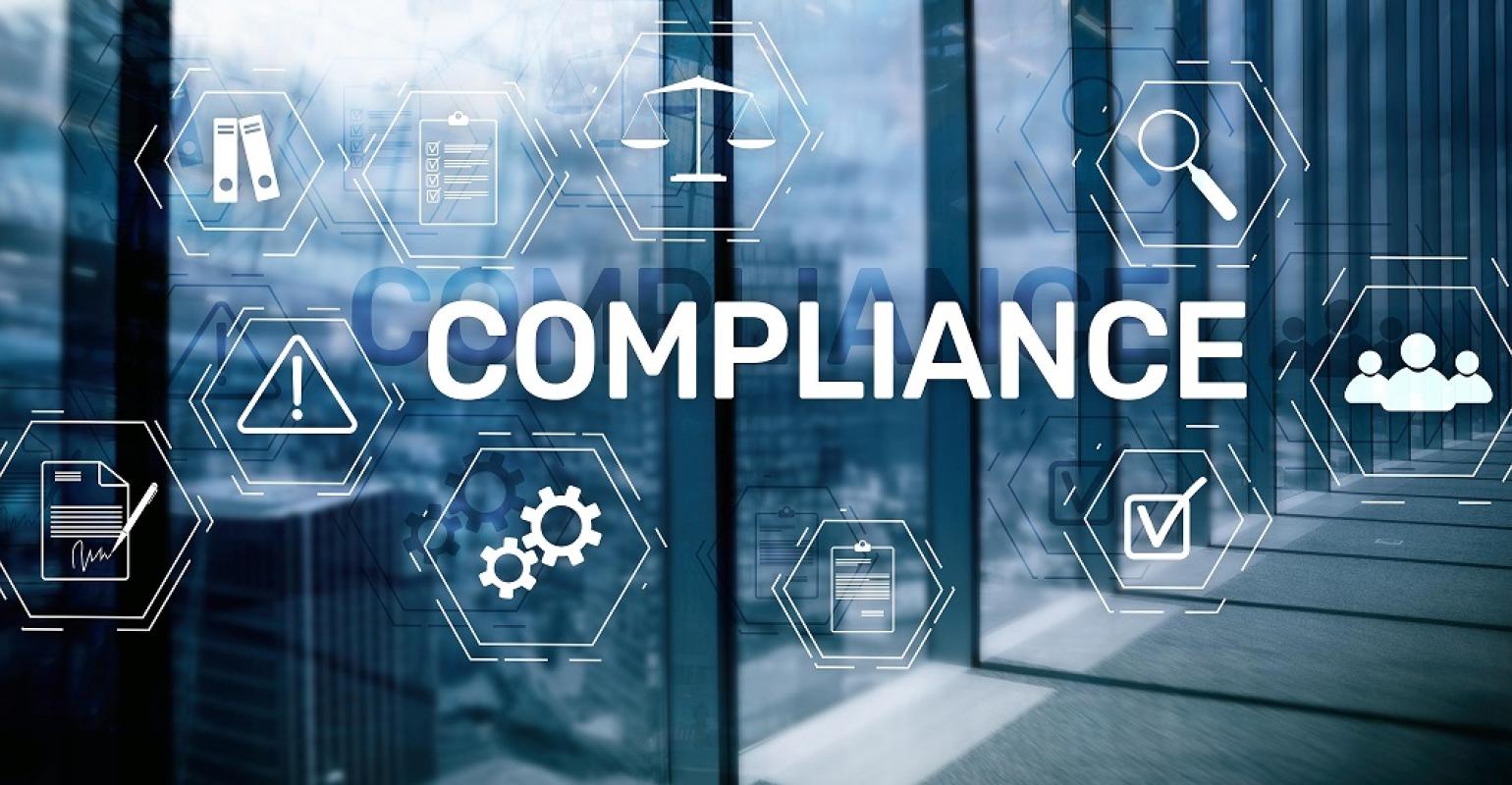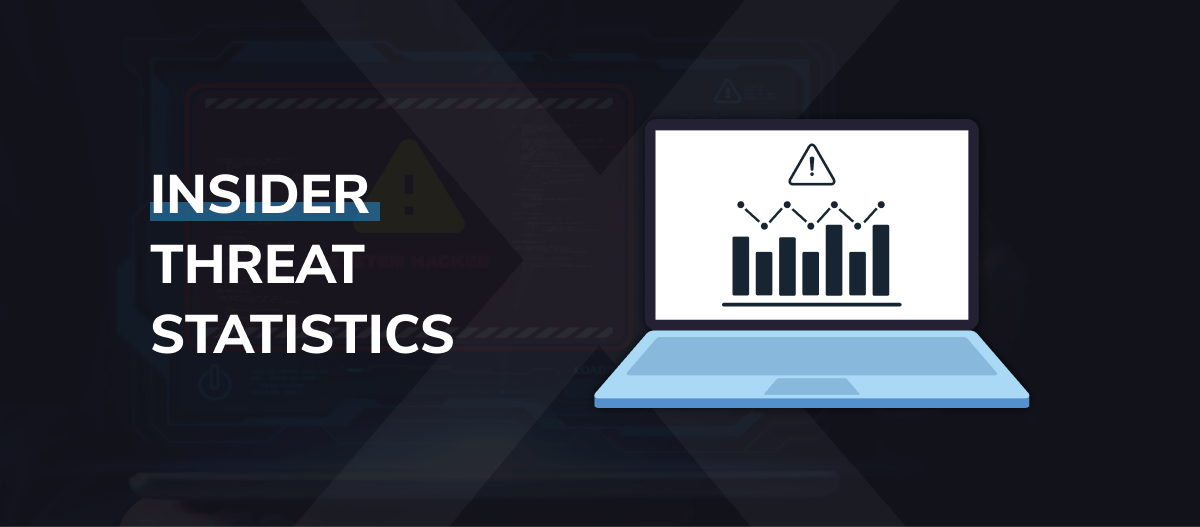Introduction
Every business relies on outside vendors from cloud hosting to SaaS platforms and managed services. But while these partnerships may drive convenience, they also create a wide-open backdoor for cybercriminals. In recent years, supply chain attacks have surged. Hackers don’t go after the fortified castle; they sneak in through the servants’ entrance. When a vendor gets breached, your data becomes vulnerable; often without your knowledge or consent.
Too often, businesses assume their vendors are secure. In reality, most don’t meet basic compliance or security hygiene standards. The result is catastrophic breaches, failed audits, and reputational damage. And no one’s going to bail you out when it happens and definitely not the vendor who caused the breach.
What is Third-Party Vendor Risk?
Third-party vendor risk refers to the exposure your organization faces when external companies have access to your systems, data, or infrastructure. These vendors could be cloud providers, software developers, IT contractors, or data processors. The problem lies in dependency. If a vendor experiences a breach, gets compromised, or fails to comply with regulations, you are liable for the consequences, not them. This risk is often underestimated until an incident occurs.
Cybercriminals understand this and specifically target less-secure third parties to pivot into larger targets. According to IBM, the average cost of a third-party data breach exceeds $4.29 million; a devastating blow to any business.
Famous Supply Chain Attacks That Should Terrify You
The SolarWinds attack is a prime example. In 2020, hackers inserted malicious code into a legitimate update of SolarWinds’ Orion platform. Over 18,000 government agencies and Fortune 500 companies installed the backdoor. Similarly, the Kaseya ransomware attack crippled over 1,500 businesses by exploiting software used by managed service providers (MSPs). These breaches didn’t come through the front door, they came through software vendors.
In 2021, Accellion’s file transfer appliance was breached, exposing sensitive legal and healthcare data across the U.S. These aren’t isolated events; they are a clear pattern of exploiting weak links in the supply chain.
The Compliance Gap in Third-Party Services
You may follow HIPAA, SOC 2, or PCI-DSS but does your vendor? Many businesses wrongly assume that if a service is widely used, it must be compliant. But platforms like Google Drive, Dropbox, and Slack are not compliant by default. Even worse, most third-party tools don’t offer transparent logs, customizable encryption, or access controls. When an audit happens, you’ll be expected to produce documentation and proof of compliance, even for your vendors.
This mismatch creates a compliance gap. Regulators hold you accountable for every piece of data you control, even if it’s processed by someone else. Blind trust is not a strategy; verification is.
Why Cloud-Based Vendors Increase Risk
Cloud vendors often market themselves as secure, but under the hood, their infrastructure is shared across thousands of clients. Any misconfiguration on their end, whether in identity access management or data isolation, can expose your data. Cloud environments are also notoriously difficult to monitor and audit. Logs are fragmented, visibility is limited, and support is slow. You don’t own the hardware, the network, or the access layers and yet you’re liable when things go wrong.
Plus, cloud vendors introduce jurisdictional complexity. Your data could be physically stored in a foreign country with different privacy laws and breach disclosure requirements. When you lose control of your data’s geography, you lose control of your liability.
How EXIGENCY Eliminates Third-Party Vulnerabilities
EXIGENCY helps you build a self-reliant, locked-down infrastructure that doesn’t depend on risky external vendors. We deploy fully self-hosted environments, meaning your data stays within your facility, under your control, protected by your policies. Our hardened infrastructure includes internal DNS servers, private secure password vaults, internal remote management and segregated Active Directory; ensuring no third-party entity ever touches your sensitive systems.
With EXIGENCY, your vendor risk drops to near zero. We help you implement full audit trails, encrypted local backups, endpoint monitoring, and secure user policies. All essential to prevent vendor-related breaches.
FINAL THOUGHTS: DON’T LET VENDORS BE YOUR DOWNFALL
Every vendor you bring into your environment becomes a potential liability. If they fail to uphold security or compliance standards, you suffer the consequences. It’s a ticking time bomb that too many businesses ignore. You don’t need to outsource your infrastructure to achieve modern efficiency. With EXIGENCY, you gain the tools, policies, and support to run a compliant, secure system entirely on-premises without giving up performance or functionality.
Start locking down your digital supply chain today. Choose EXIGENCY and eliminate third-party risks before they take down your business from the inside.






No comment